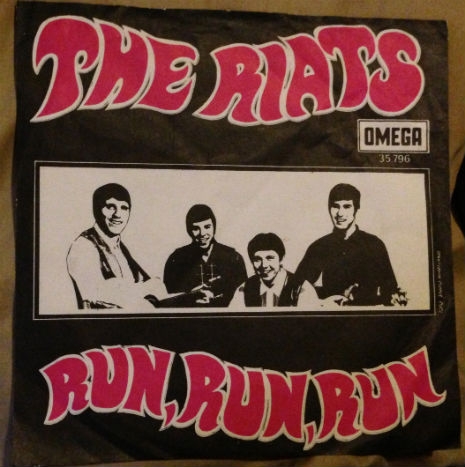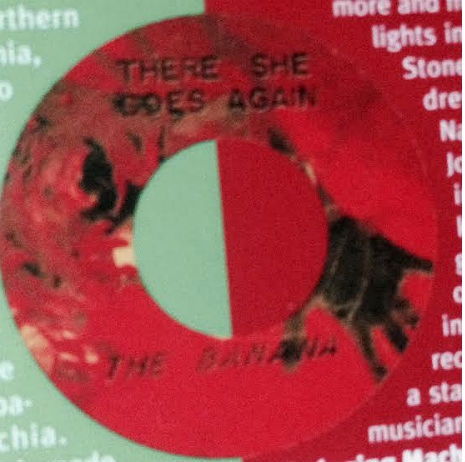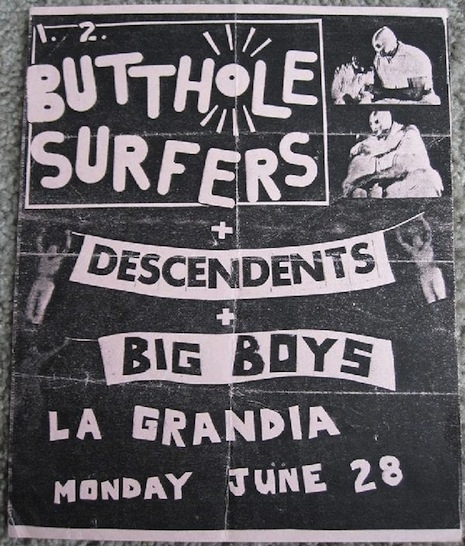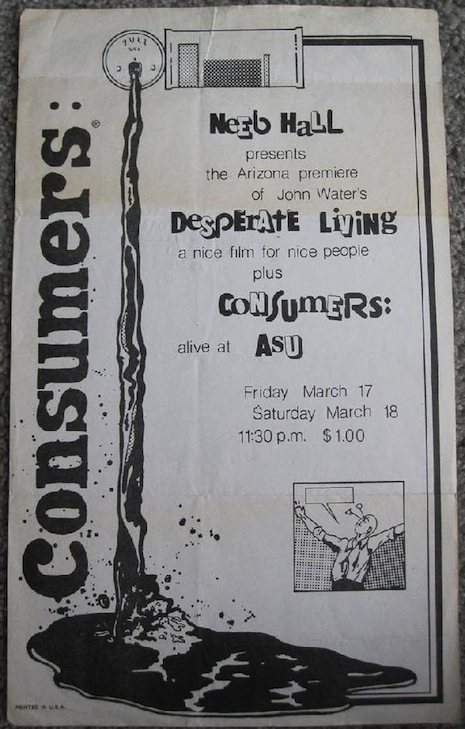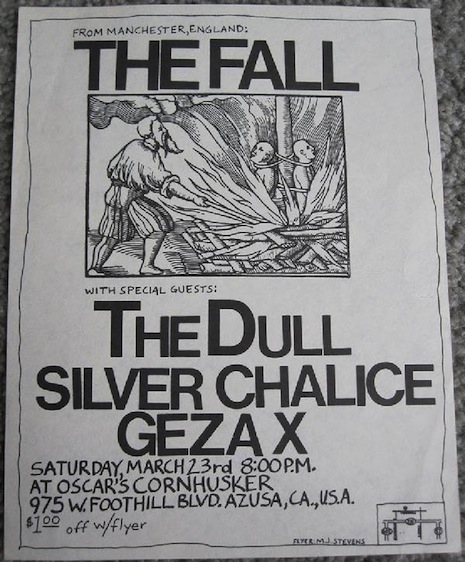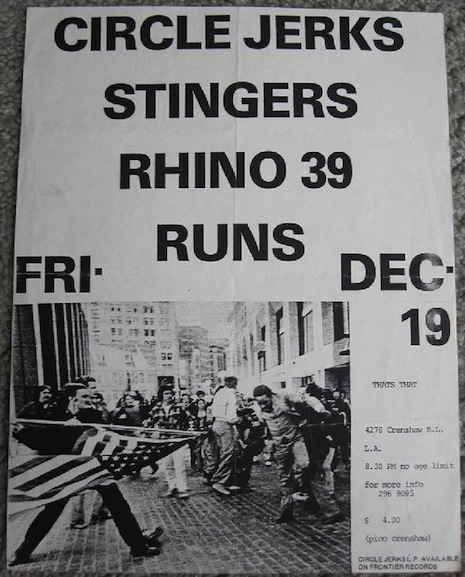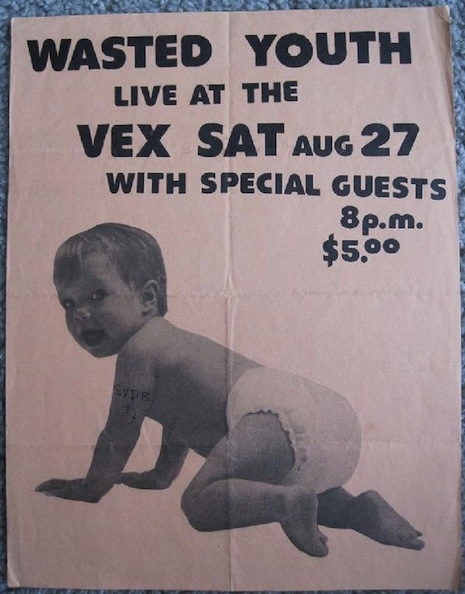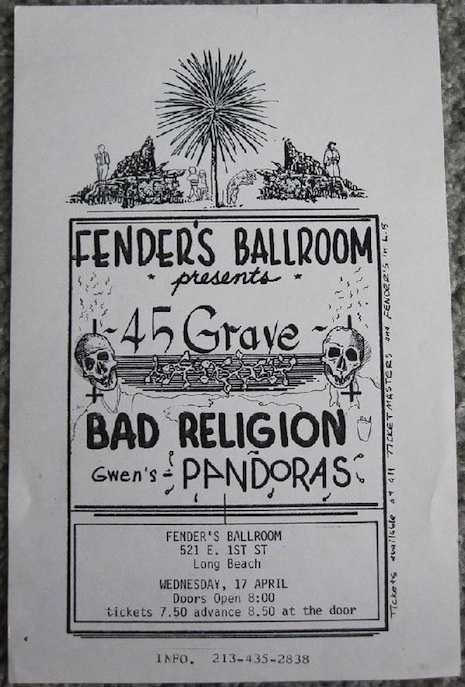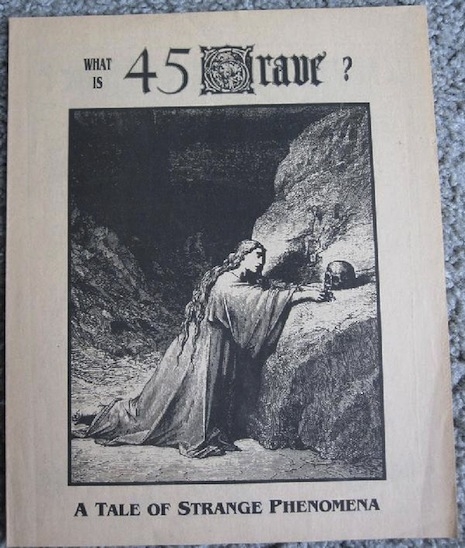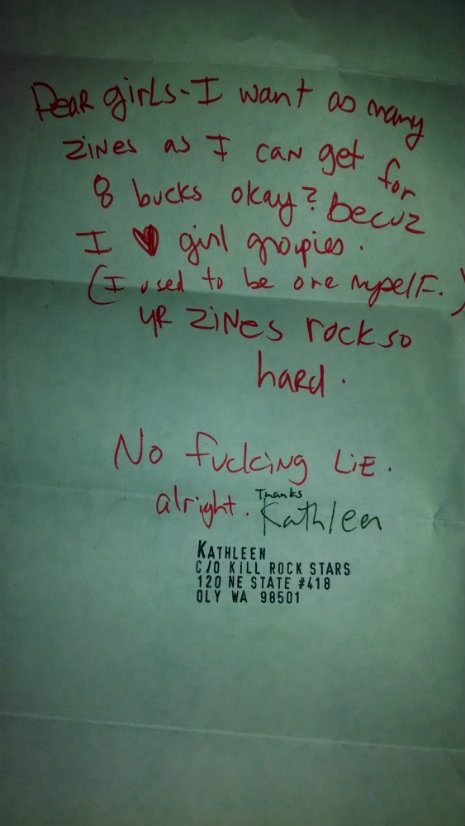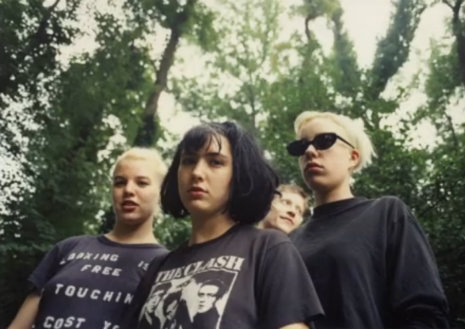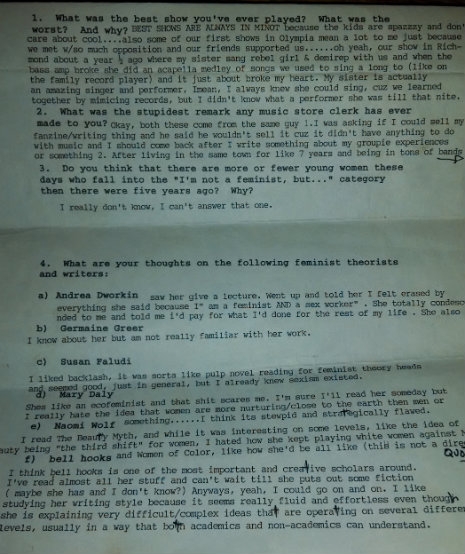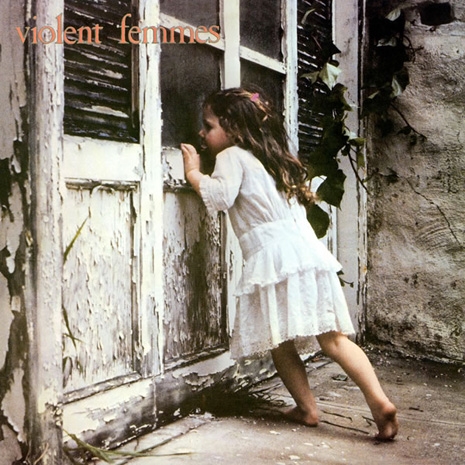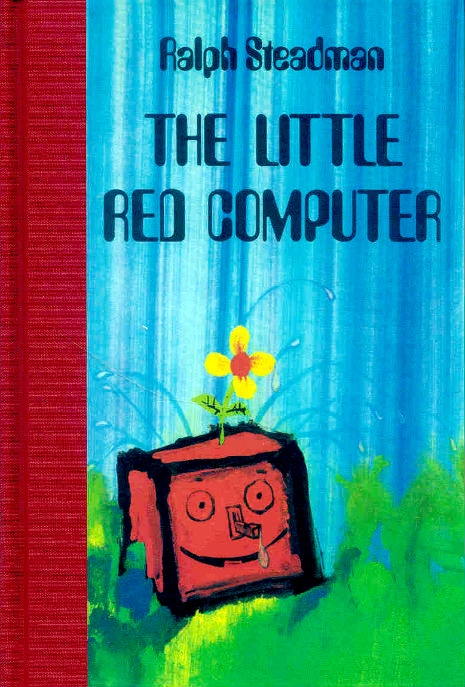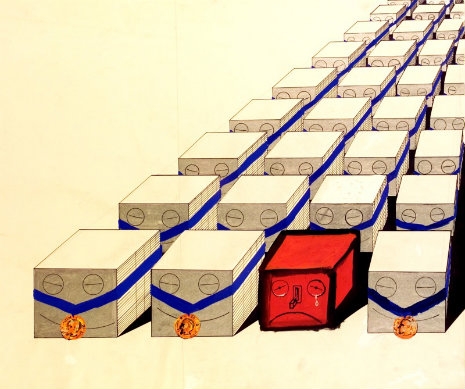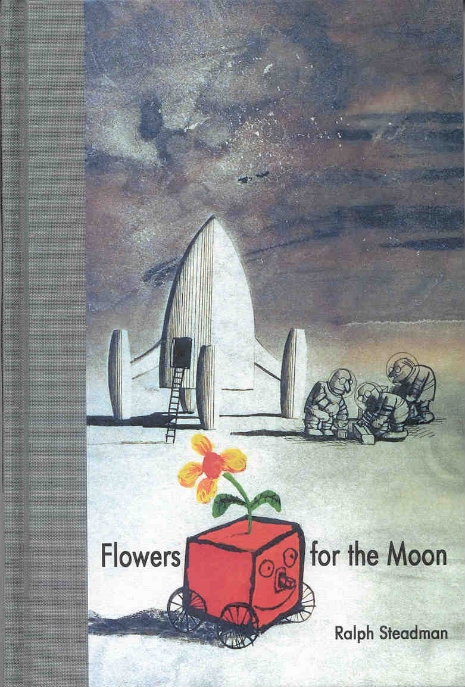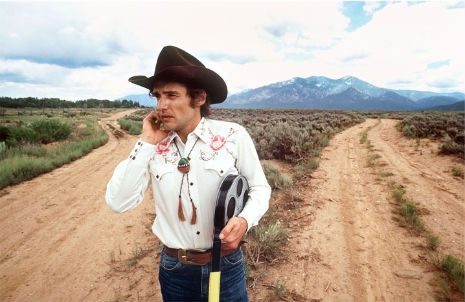
Sometimes Dennis Hopper was a whiner who played the James Dean role of angsty misunderstood outsider, blaming his woes on “the man,” or those philistines in Hollywood who didn’t appreciate his art. He had a point, but in his younger days, he was often infuriatingly naive about how life and Hollywood worked. Sure, he had talent, he had ambition, but he also had (by his own admission) a big mouth and no power—which can be a major drawback to those who seek to change the world.
After the success of Easy Rider, Hollywood thought they could exploit Hopper’s success by hiring him to make another movie, a kind of Easy Rider 2. They didn’t care what it was about so long as it made them money, lots of money. But when rumors about Hopper’s drug-addled unreliability spread through Tinsel Town, and certain studios withdrew their offers of finance damned fast. Even his gun-toting music producer friend Phil Spector walked away from stumping up dollars for Dennis after he was reminded about the actor/director’s incredible appetite for drugs. It was therefore a surprise when Universal (home of Frankenstein and Dracula) gave Hopper a million to make The Last Movie.

Hopper planned to make his movie-within-a-movie 14,000 feet up the Peruvian Andes, in a tiny village called Chinchero, which should have made the accountants nervous, not just because of the logistics involved in transporting crew, actors, and film gear to this faraway location, but because Peru was one of the world’s leading producers of cocaine. But as Hopper had signed up for a small salary and a share of the profits, Universal agreed. However, a hint of what was to come during the filming was witnessed by some of the press, who accompanied cast and crew on the flight out, as Hopper and co. started passing round the inordinately large supply of in-flight drugs.
But this was only the start, as on arrival Hopper pissed off the Peruvian government and the Catholic church by proselytizing about the joys of marijuana and speaking out in support of homosexuality. Of course, he was right on both counts, but it meant he had two major enemies determined to have this “hippie revolutionary” kicked out of their country. Government spies were sent into Chinchero to watch the filming in the hope of finding evidence to deport Hopper. Understandably, this did not help the already paranoid auteur.
As described in Robert Sellers’ book Hollywood Hellraisers, drugs were cheap in Peru, and “within hours of arriving a crew hand managed to score some cocaine, seven dollars for a packet that cost ten times that in the States. By the first evening some thirty members of the crew were sniffing the stuff, or smoking grass or dropping acid.”
There were wild parties a plenty…. One actor chained a girl to a post because she looked like Joan of Arc and he wanted to re-enact the saint’s immolation. There was also a rumor that another actor almost died when he took too many peyote buds at once.
Hopper managed to get a priest defrocked after involving him in a drug-fueled mass for James Dean, while the locals stripped a horse clean of its meat after it was killed in a riding accident. Filmmaker Kit Carson described the filming:
That whole shoot, that was one of the most out-of-control situations I’ve ever seen.
But Hopper was professional, and finished filming on time and under budget—it was the editing that was to cause his biggest problem. Hopper moved to Taos, New Mexico, to put the whole film together. This was when Universal started seriously worrying about what they had actually paid for. Major arguments ensued, and Hopper went slowly mad in Taos under the influence of drugs and drink. Remarkably he did finish and deliver The Last Movie, which says much for his tenacity, but still, Universal were horrified.
One executive said to Dennis, ‘Great, so you made an artistic film. What are we supposed to do, kill you? Only a dead artist makes money. We’ll only make money on this picture if you die.’ Dennis was livid. ‘Don’t talk to me like that. You’re talking to a paranoiac.’ And he wasn’t joking.
Hopper had made a million-dollar European art house movie for a company who mainly made mass entertainment. His close buddy, Jack Nicholson, was supportive of Hopper, but thought he gone about the whole thing the wrong way:
You don’t take someone’s bread and then walk across the street and say “Fuck you.”
The Last Movie won the Critics Prize at the Venice Film Festival, but bombed in America with both audiences and critics. Though it’s an indulgent movie, with a rather simplistic message, I’m still glad Hopper made it, as it pushed the boundaries of what could be made in Hollywood. Unfortunately, it ended Hopper’s career for the next ten years.
So that’s the back story to this little clip of a slightly bombed Hopper, who having won his award still knows what Universal and the critics think of his film, as he discusses The Last Movie with baseball player Willie Mays, actors James Brolin and Diane Baker, on The Merv Griffin Show from 1971.






